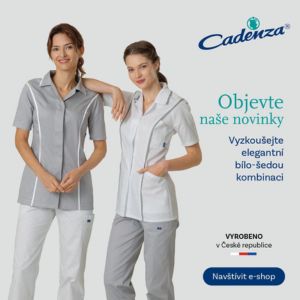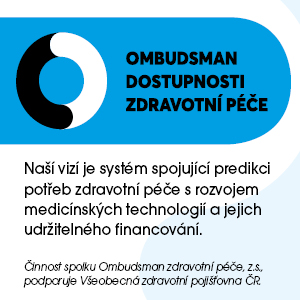


Číslo 3 / 2021
Are your blood pressure readings accurate?
New study sows doubt.
Measuring a patient’s blood pressure is a routine task that every nurse knows like the back of their hand, but a new study suggests these readings aren’t always accurate. Blood pressure readings taken in the offi ce may be much higher than when taken at home. It’s a small change that’s affecting millions of Americans all over the country.
Th e new study from the Systolic Blood Pressure Intervention Trial (SPRINT) shows that blood pressure readings taken during routine clinic appointments were consistently higher than those taken during the study’s trial, which carefully adhered to American Heart Association (AHA) guidelines.
Th at’s not all. In 2015, the U.S. Preventive Services Task Force, an independent body of medical experts that studies disease prevention and evidence-based medicine, found that 15% to 30% of people with high blood pressure readings at routine clinic appointments may have lower readings outside of that setting.
Medical experts say there may be several reasons for all these inaccuracies. Many patients may experience what’s known as the “white coat syndrome”, which marks a change in blood pressure (BP) readings when the patient is in the presence of a medical professional. They suggest some patients may have rushed to get to their appointment, navigating parking, subways, and public transportation, leading to a spike in BP readings.
Despite these variations, experts say it’s clear that many clinand providers aren’t following the AHA guidelines. Kevin Hwang, an associate professor of general internal medicine at McGovern Medical School at the University of Texas, has been studying these inaccuracies and getting an earful from patients. Hwang said around 50% of patients reported lower BP readings at home compared to clinical settings. “It’s a mixed bag when you look at research, depending on the thickness of the sleeve, age of patient and other factors,” he said. “For example, it may not make a difference in young patients but does so in older patients.”
Paul Whelton, Show Chwan professor of global public health at Tulane University’s School of Public and Tropical Medicine, says these inaccuracies can have serious implications when it comes to preventing stroke and heart attack. “It leads to a lot of error, and most of the time, the error is going to be an overestimation of the true average blood pressure, but some times it’s underestimation and there’s no way to deal with that,” Whelton said.
He suggests medical providers with more time on their hands than nurses, such as technicians and medical assistants, should be trained to record the patient’s blood pressure. “Usually people who are pretty busy don’t take the time,” he said.
SLOVNÍČEK
reading – údaj, hodnota; interpretace, výklad
accurate – přesný; výstižný
to sow doubt – zasít pochyby, pochybnosti
to affect – ovlivnit, postihnout; zachvátit, zasáhnout; dojmout
to adhere – přidržet se; lnout, přiléhat; dostát slovu
setting – prostředí
inaccuracy – nepřesnost; nesprávnost, chybnost
white coat syndrome – syndrom bílého pláště
to rush – spěchat, chvátat; hnát se
spike – špice; hrot
earful – výtka
mixed bag – všehochuť
thickness – tloušťka, síla; hustota
sleeve – rukáv; obal
overestimation – nadhodnocení; přecenění; příliš vysoký odhad
underestimation – podhodnocení; podcenění, nedocenění
to deal with – poradit si, vyřešit; vyřídit; jednat; pojednávat
on hand – po ruce; v zásobě; k dispozici
Source: Tobias L. Are your blood pressure readings accurate? New study sows doubt. 2021. [online]. Avail able form: https://scrubsmag. com.
Další články v tomto čísle
- Díky domácí hospicové péči nemusí umírající trávit své poslední dny v nemocnici
- Měření glykemie v lékárně využilo loni téměř 10 000 pacientů
- Zdravotní sestřička Karolína Cveková se za seniory vydala s očkováním až k nim domů a ráda na to vzpomíná
- Editorial
- Koncepce ošetřovatelství s Alicí Strnadovou
- Charita Uherský Brod
- Výživa v prevenci a léčbě kardiovaskulárních onemocnění
- Centrum kardiovaskulární a transplantační chirurgie
- Akutní příjem Kliniky kardiologie IKEM v době pandemie SARS-CoV-2
- Každý krok se počítá – chůze jako primární prevence civilizačních onemocnění včetně diabetu





















